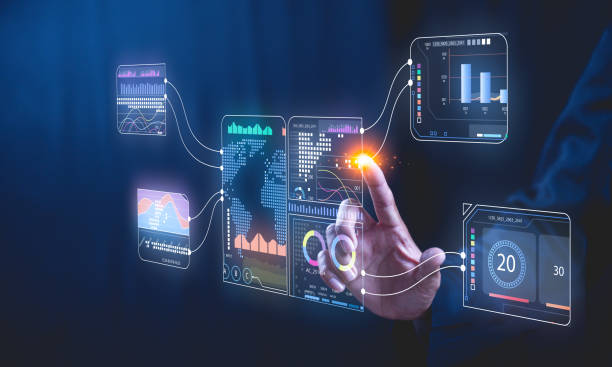
- May 8 2025
- SFI Solution Team
Leveraging Event-Driven Architecture in B2B Integration
In the current rapid digital economy, business-to-business (B2B) integration has transitioned from being a luxury to an essential requirement. Organizations are progressively depending on smooth collaboration with partners, suppliers, and service providers to maintain their competitive edge. Conventional integration methods, including batch processing and synchronous APIs, frequently fail to meet the requirements for real-time data processing and responsiveness. This is where Event-Driven Architecture (EDA) presents itself as a transformative solution.
What is Event-Driven Architecture?
Event-Driven Architecture is a software design paradigm that promotes the production, detection, consumption, and reaction to events. In an EDA, events are state changes or updates that are published to a central broker (such as Kafka, AWS EventBridge, or RabbitMQ), allowing multiple systems to subscribe and react independently.
For example, in a B2B scenario, an “Order Placed” event can trigger a cascade of actions: inventory updates, invoice generation, shipment scheduling, and partner notifications—all without direct coupling between systems.
Benefits of EDA in B2B Integration
1. Real-Time Data Exchange
EDA facilitates near-instantaneous data flow between systems, enabling organizations to act on information the moment it is available. This is particularly valuable in supply chain management, financial transactions, and customer service.
2. Loose Coupling and Scalability
By decoupling producers and consumers of events, EDA allows each component to evolve independently. This modular approach supports easier scaling, better fault tolerance, and increased development agility.
3. Improved Resilience and Fault Isolation
Failures in one service do not necessarily cascade to others. For instance, if the inventory management system is down, the order event can still be captured and replayed once the system is back online.
4. Enhanced Partner Collaboration
B2B integrations often require connecting with third-party systems that are outside of the organization’s control. EDA supports asynchronous communication, making it easier to integrate with diverse partner ecosystems regardless of their technology stack.
5. Greater Observability and Analytics
Each event becomes a traceable artifact. This allows better monitoring, auditing, and analytics, which are crucial for regulatory compliance and performance optimization.
Common Use Cases of EDA in B2B Integration
-
Order Fulfillment : Automatically triggering partner workflows when a new order is placed.
-
Inventory Synchronization : Updating stock levels across suppliers and distributors in real time.
-
Invoice Processing : Initiating billing processes based on completed transactions or service delivery.
-
Shipment Tracking : Sending real-time updates to customers and partners about the status of deliveries.
-
Fraud Detection : Immediate alerts based on suspicious transaction patterns.
Implementing EDA in B2B Systems
-
Identify Key Business Events : Map out the events that are most critical to your business processes and partner interactions.
-
Choose the Right Event Broker : Tools like Apache Kafka, Google Pub/Sub, or AWS SNS/SQS offer various features suited to different needs.
-
Design Event Schemas : Establish consistent and well-documented event formats using standards like Avro, JSON Schema, or Protocol Buffers.
-
Ensure Event Reliability : Implement persistence, retries, and dead-letter queues to manage failures gracefully.
-
Monitor and Secure Your Events : Use observability tools for real-time monitoring and adopt robust security practices to protect sensitive data.
Challenges and Considerations
While EDA brings significant advantages, it also introduces complexity :
-
Message Ordering and Idempotency : Handling duplicate or out-of-sequence events requires careful design.
-
Data Governance : Ensuring data consistency and privacy in an asynchronous model can be challenging.
-
Tooling and Expertise : Teams need new skills and tools to manage an event-driven system effectively.
Conclusion
Event-Driven Architecture is transforming how businesses approach B2B integration. By enabling real-time, scalable, and resilient data exchange, EDA helps organizations respond faster to market demands, improve partner collaboration, and streamline operations. For businesses aiming to future-proof their integration strategy, embracing EDA is no longer optional—it’s imperative.
For more information on how Event-Driven Architecture can enhance your B2B integration strategy or to discuss a tailored implementation plan for your business, contact our expert team at +1 (917) 900-1461 or +44 (330) 043-1353. We’re here to help you build smarter, faster, and more resilient business processes.
Previous Post